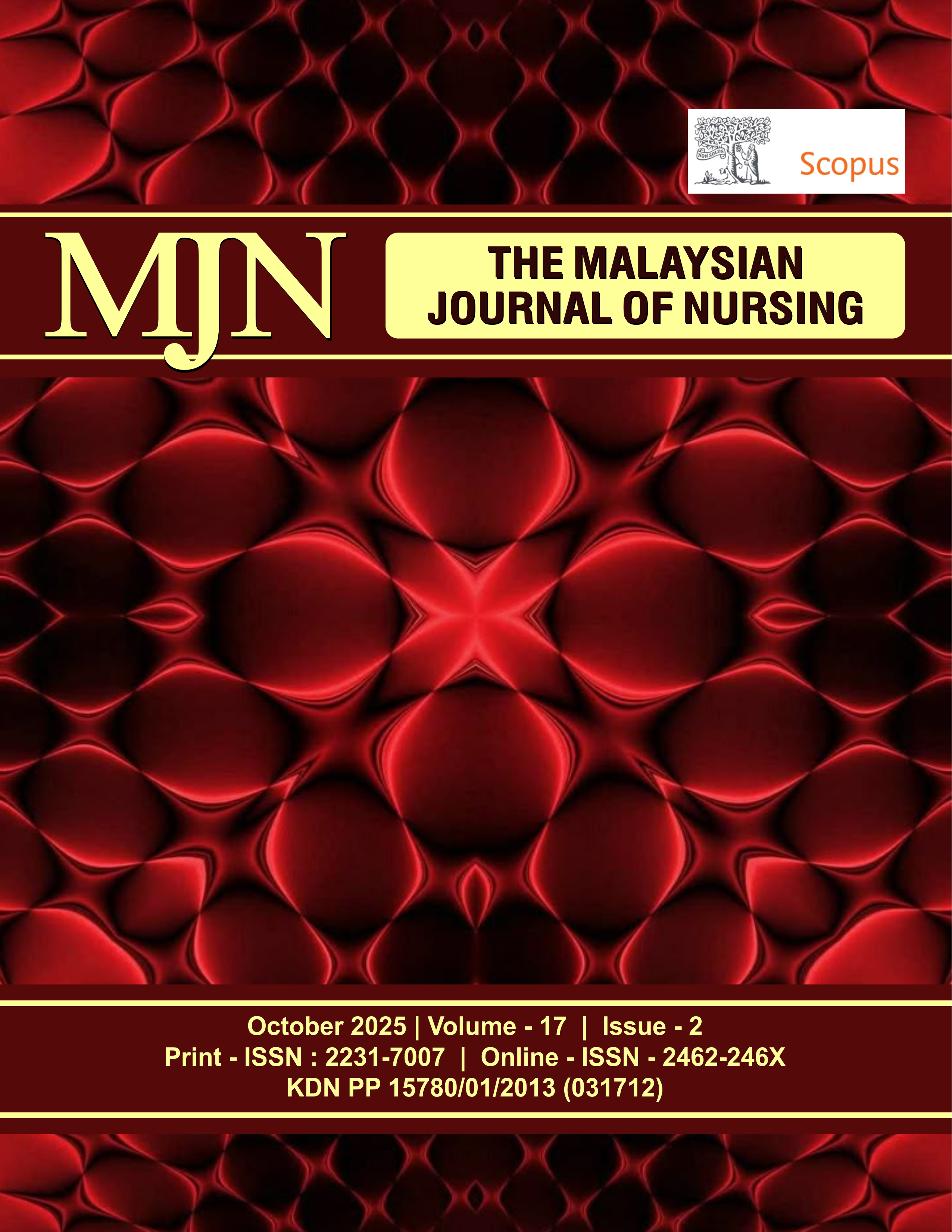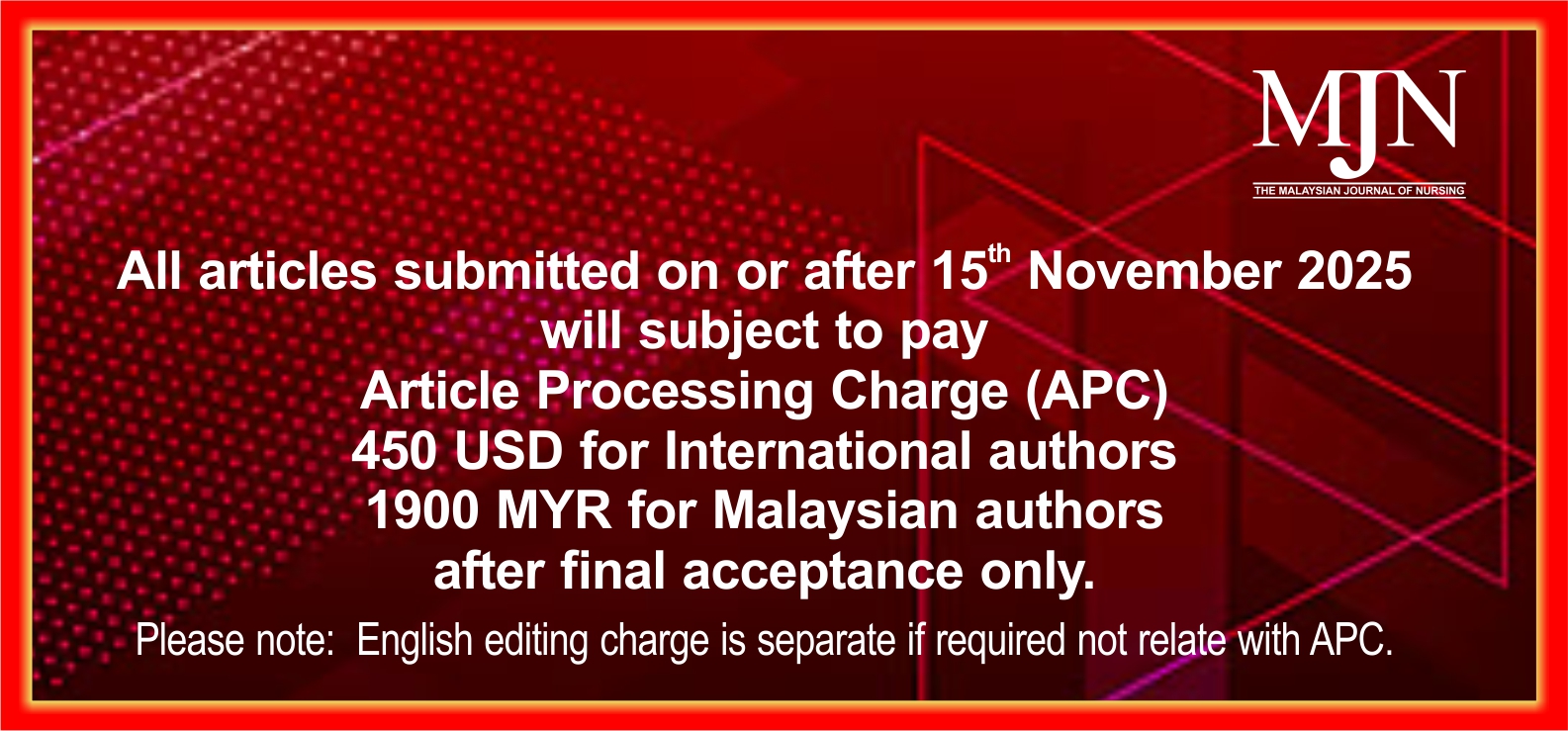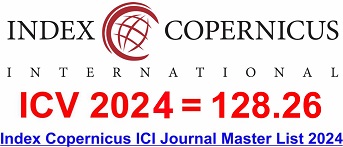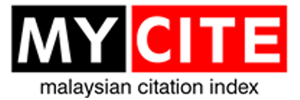The Role of the 'Mekonsdara' Application in Enhancing Healthcare Access for People Living with HIV/AIDS: Assessing Patient Satisfaction with Telenursing
DOI:
https://doi.org/10.31674/mjn.2025.v17i02.009Abstract
Background: This study examined the satisfaction levels of people living with HIV/AIDS (PLWHA) using the "Mekonsdara" counselling service application. Access to quality healthcare services remains a significant challenge for PLWHA, especially in developing countries like Indonesia, where HIV/AIDS prevalence is high. Objectives: The objective was to assess patient satisfaction with the Mekonsdara application, a telenursing tool designed to enhance healthcare access. Methods: A descriptive observational survey was conducted with 50 respondents from the VCT clinic at Dr M. Jamil General Hospital Padang, Indonesia using purposive sampling. Data were collected via questionnaires and analysed using the End User Computing Satisfaction (EUCS) method. Results: Results showed that most respondents were highly satisfied, particularly with content (82%), accuracy (80%), format (64%), ease of use (76%), and timeliness (76%). Conclusion: These findings suggest that the Mekonsdara application effectively meets the needs of PLWHA for accessible, reliable, and user-friendly counselling services. The study highlights the potential of telenursing to improve healthcare access in resource-limited settings. Further research is recommended to explore the broader implications of telenursing on patient satisfaction and healthcare outcomes.
Keywords:
AIDS, Counselling, HIV, TelenursingDownloads
References
Afik, A., & Pandin, M. G. R. P. (2021). Telenursing as a new nursing paradigm in the 21st century: A literature review. Creative Commons, 1, 1-11. https://doi.org/10.20944/preprints202103.0704.v1
Ahmed, S. K. (2024). How to choose a sampling technique and determine sample size for research: A simplified guide for researchers. Oral Oncology Reports, 12, 100662. https://doi.org/10.1016/j.oor.2024.100662
Azzahrah, F., Adian, Y. A. P., & Budiarto, W. (2020). Analisis Kepuasan Pengguna Mobile E-Health berdasarkan Metode End User Computing Satisfaction (Studi di 5 Puskesmas di Kota Surabaya) [Analysis of Mobile E-Health User Satisfaction Based on the End User Computing Satisfaction Method (Study at 5 Community Health Centers in Surabaya City)]. Jurnal Kesehatan, 11(3), 395-403. https://pdfs.semanticscholar.org/bdb9/713ca811f7f9c12ee3725bbf8fdc27b773ee.pdf/1000
Bansal, N., & Choudhary, H. (2024). Fostering digital equity: Evaluating impact of digital literacy training on internet outcomes in rural marginalised communities in India. International Journal of Lifelong Education, 43(5), 473-493. https://doi.org/10.1080/02601370.2024.2347327
Boro, M. F. V., & Hariyati, R. T. S. (2019). The use of telenursing through the nursing care. Jendela Nursing Journal, 3(2), 114-121. https://doi.org/10.31983/jnj.v3i2.5411
Bruce, C. R., Klahn, S., Randle, L., Li, X., Sayali, K., Johnson, B., ... & Sasangohar, F. (2024). Impacts of an acute care telenursing program on discharge, patient experience, and nursing experience: A retrospective cohort comparison study. Journal of Medical Internet Research, 26, e54330. https://doi.org/10.2196/54330
Byanyima, W., & Kavanagh, M. M. (2022). Equalizing the response to AIDS and other pandemics. PLoS Global Public Health, 2(12), e0001370. https://doi.org/10.1371/journal.pgph.0001370
Damayanti, A. S., Mursityo, Y. T., & Herlambang, A. D. (2018). Evaluasi Kepuasan Pengguna Aplikasi Tapp Market Menggunakan Metode EUCS (End User Computing Satisfaction). (Evaluation of Tapp Market Application Users Using the EUCS (End User Computing Satisfaction) Method). Jurnal Pengembangan Teknologi Informasi dan Ilmu Komputer, 2(11), 4833-4839. https://j-ptiik.ub.ac.id/index.php/j-ptiik/article/view/3097
Demartoto, A., Murti, B., & Pujihartati, S. H. (2023). Access, participation, control, and advantage of digital-based healthcare service for women living with HIV/AIDS. Muwazah, 15(2), 149-166. https://doi.org/10.28918/muwazah.v15i2.2208
Fauk, N. K., Hawke, K., Mwanri, L., & Ward, P. R. (2021). Stigma and discrimination towards people living with HIV in the context of families, communities, and healthcare settings: A qualitative study in Indonesia. International Journal of Environmental Research and Public Health, 18(10), 5424. https://doi.org/10.3390/ijerph18105304
Kamal, M. A., Ismail, Z., Shehata, I. M., Djirar, S., Talbot, N. C., Ahmadzadeh, S., ... & Kaye, A. D. (2023). Telemedicine, E-health, and multi-agent systems for chronic pain management. Clinics and Practice, 13(2), 470-482. https://doi.org/10.3390/clinpract13020042
Kord, Z., Fereidouni, Z., Mirzaee, M. S., Alizadeh, Z., Behnammoghadam, M., Rezaei, M., ... & Zaj, P. (2021). Telenursing home care and COVID-19: A qualitative study. BMJ Supportive & Palliative Care, 14(e1), e992-e1000. https://doi.org/10.1136/bmjspcare-2023-003443
Lanza, F., Seidita, V., & Chella, A. (2020). Agents and robots for collaborating and supporting physicians in healthcare scenarios. Journal of biomedical informatics, 108, 103483. https://doi.org/10.1016/j.jbi.2020.103483
Locsin, R. C., Soriano, G. P., Juntasopeepun, P., Kunaviktikul, W., & Evangelista, L. S. (2021). Social transformation and social isolation of older adults: Digital technologies, nursing, healthcare. Collegian, 28(5), 551-558. https://doi.org/10.1016/j.colegn.2021.04.008
Mulyawijaya, A., Nugroho, A. A., Alsayla, D., Fathin, H., Nurshifa, A., Kuntari, T. & Dharma. B. T. (2022). Factors related to health services access for people living with HIV/AIDS in Indonesia. Jurnal Kedokteran dan Kesehatan Indonesia, 274-281. https://doi.org/10.20885/JKKI.Vol13.Iss3.art7
Paneru, B., Paneru, B., Poudyal, R., & Shah, K. B. (2024). Exploring the nexus of user interface (UI) and user experience (UX) in the context of emerging trends and customer experience. International Journal of Informatics, Information System and Computer Engineering, 5(1), 102-113. https://doi.org/10.34010/injiiscom.v5i1.12488
Prasastiningtyas, W., Kurniawan, A. A., Ruswandi, A., Gymnastiar, I. A., & Amin, F. (2024). Digital literacy initiatives empowering marginalized communities through technology integration. Indonesian Journal of Studies on Humanities, Social Sciences and Education, 1(2), 60-76. https://doi.org/10.54783/gf8b0m66
Putra, R. D., & Prehanto, D. R. (2021). Analisis Kepuasan Pengguna Aplikasi Flip.id menggunakan Metode Technology Acceptance Model (TAM) dan End User Computing Satisfaction (EUCS) [Analysis of Flip.id Application User Satisfaction using the Technology Acceptance Model (TAM) and End User Computing Satisfaction (EUCS) Methods]. Journal of Emerging Information Systems and Business Intelligence, 2(4), 19–26. https://doi.org/10.26740/jeisbi.v2i4.43245
Rasad, R., Vaisi-Raygani, A., & Abdi, A. (2024). Nursing care experiences of people living with HIV/AIDS (PLWHA): A phenomenological study from the West of Iran. Heliyon, 10(21). http://doi.org/10.1016/j.heliyon.2024.e40077
Roza, D., Alfitri, A., & Wirza, T. R. (2023). Analysis of psychological problems in people with HIV/AIDS. Jurnal Aisyah: Jurnal Ilmu Kesehatan, 8(3), 1535-1547. https://pdfs.semanticscholar.org/a8b4/3cb309a43ddb098eb1477461d7a007549052.pdf
Siriwardhana, Y., Gür, G., Ylianttila, M., & Liyanage, M. (2021). The role of 5G for digital healthcare against COVID-19 pandemic: Opportunities and challenges. ICT Express, 7(2), 244-252. https://doi.org/10.1016/j.icte.2020.10.002
Tian, X., Chen, J., Wang, X., Xie, Y., Zhang, X., Han, D., ... & Wu, N. (2023). Global, regional, and national HIV/AIDS disease burden levels and trends in 1990–2019: A systematic analysis for the global burden of disease 2019 study. Frontiers in Public Health, 11, 1068664. https://doi.org/10.3389/fpubh.2023.1068664
Van Zyl, C., Badenhorst, M., Hanekom, S., & Heine, M. (2021). Unravelling ‘low-resource settings’: A systematic scoping review with qualitative content analysis. BMJ global health, 6(6). https://doi.org/10.1136/bmjgh-2021-005190
Wahyuni, E. S., Pamungkasari, E. P., & Budiastuti, V. I. (2025). Telenursing’s role in supporting mental health and therapy adherence for msm with HIV: “I feel calmer because someone listens”. In 3rd Lawang Sewu International Symposium on Medical and Health Sciences (LEWIS-MHS 2024) (pp. 78-92). Atlantis Press. https://doi.org/10.2991/978-94-6463-760-1_9
Yazid, M. A., Wijoyo, S. H., & Rokhmawati, R. I. (2019). Evaluasi Kualitas Aplikasi Ruangguru Terhadap Kepuasan Pengguna Menggunakan Metode EUCS (End-User Computing Satisfaction) dan IPA (Importance Performance Analysis). [Evaluation of the Quality of the Ruangguru Application on User Satisfaction Using the EUCS (End-User Computing Satisfaction) and IPA (Importance Performance Analysis) Methods]. Jurnal Pengembangan Teknologi Informasi dan Ilmu Komputer, 3(9), 8496-8505. https://j-ptiik.ub.ac.id/index.php/j-ptiik/article/view/6189
Published
How to Cite
Issue
Section
License
Copyright (c) 2025 The Malaysian Journal of Nursing (MJN)

This work is licensed under a Creative Commons Attribution-NonCommercial-NoDerivatives 4.0 International License.



































